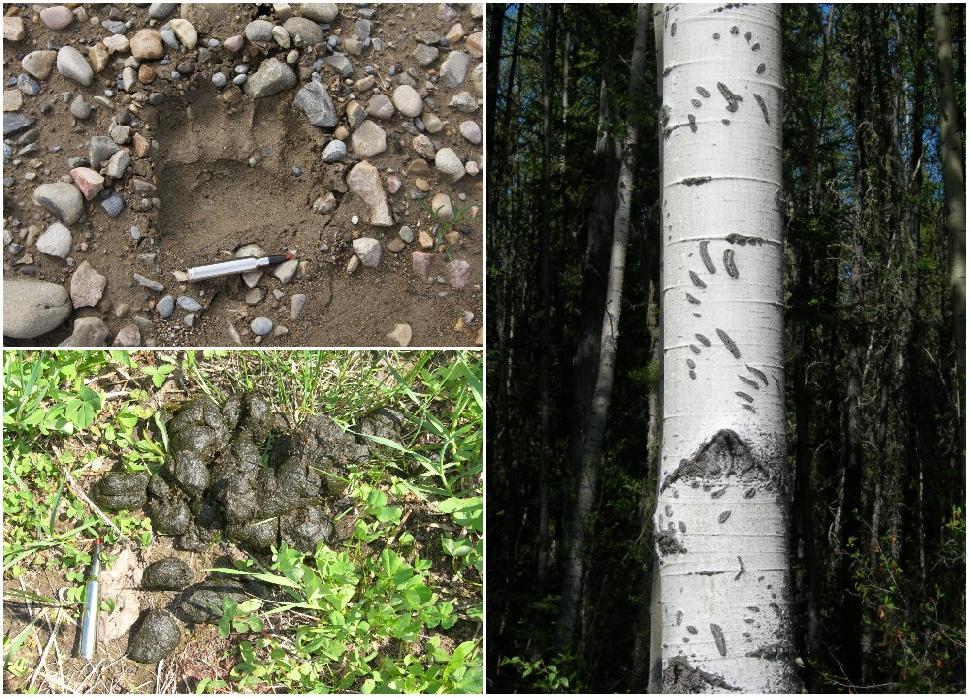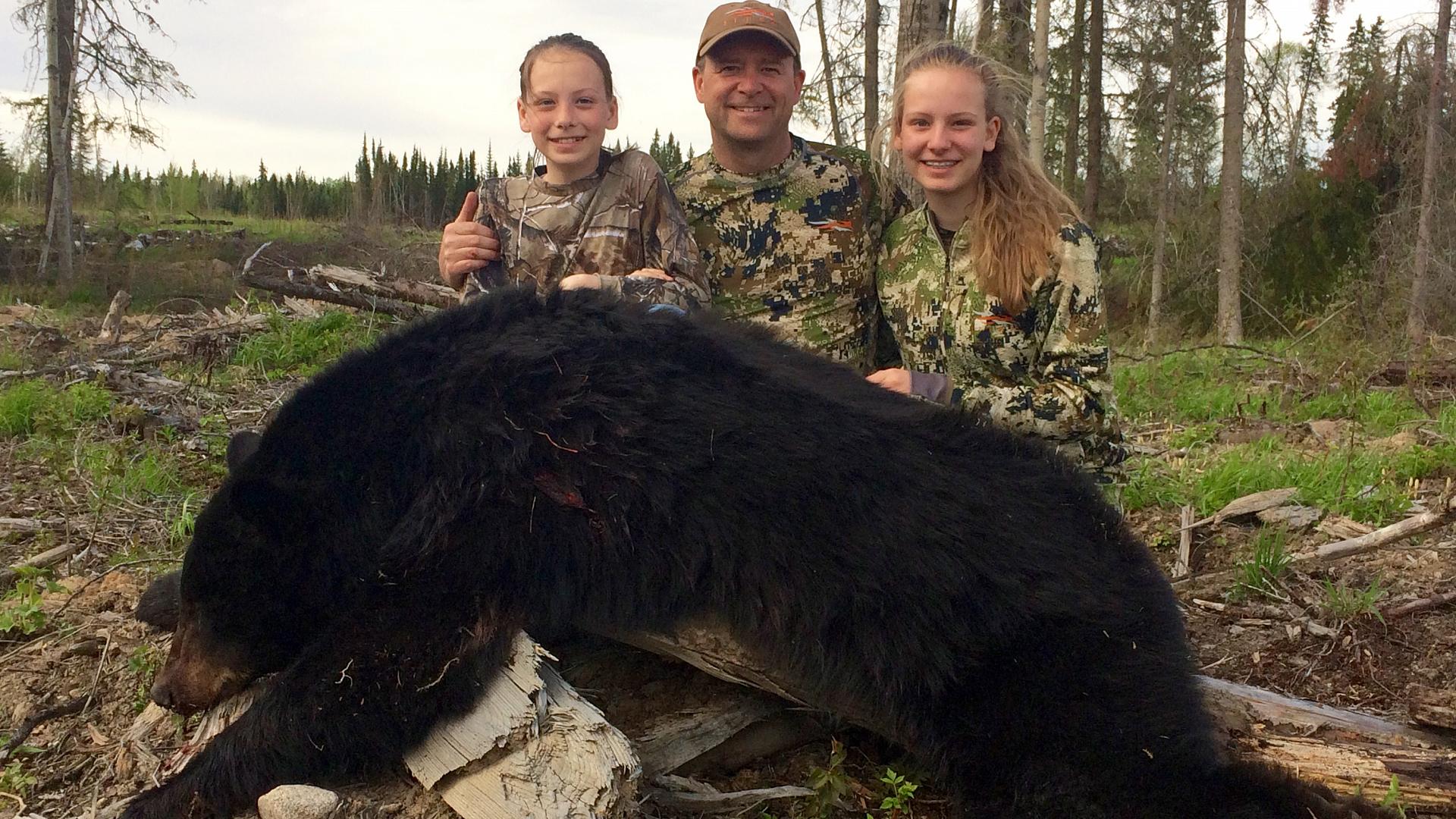Beckoning Bruins
To elevate the adrenaline factor, try a spot-and-stalk hunt with a predator call
Advertisement

Follow the sign
Cold calling without knowing if a bear is lurking nearby can, and often does, work—but it’s a low-odds strategy. To increase your chances, first look for fresh sign before calling.
Tracks are always a good place to start, but unless you’re a skilled tracker, it can be tough to determine how old they are. If the track was made in wet soil and it rained only a few hours earlier, then you know it’s fresh. Bears can roam great distances, but they usually move slowly, so the bear that made the tracks may still be nearby.
Advertisement
While they may not always reveal when they were made, well-defined tracks can at least help you evaluate the size of a bear, and whether it is alone or with others, such as a sow with cubs. If you find a single set of large tracks—with a front pad measuring five inches or more in width—then a bigger boar may well have left it. That said, tracks alone won’t provide definitive answers, so keep scouring the area for more sign.
The size of scat piles and the diameter of the plugs can also offer valuable information—the bigger the pile and wider the plug, the bigger the bear likely is. And if you find scat that appears to be less than a day old, along with other piles that are older, there’s a good chance the bear will return to feed. Many times, I’ve set up in locations where there were both old and new scat and tracks, and within a few hours a bear came out to feed on the available greens.
Bear claw marks on deciduous trees such as poplars are common in the backcountry. These telltale markings provide another piece of the puzzle to confirm you’re in a good bear area. If you’re fortunate enough to find a tree with the bark torn to shreds from well above head height all the way down to the ground, chances are good you’ve located a territorial marking by a dominant bear. Be aware that it could have been made by a grizzly, however, if you happen to be in grizzly country.
Advertisement

